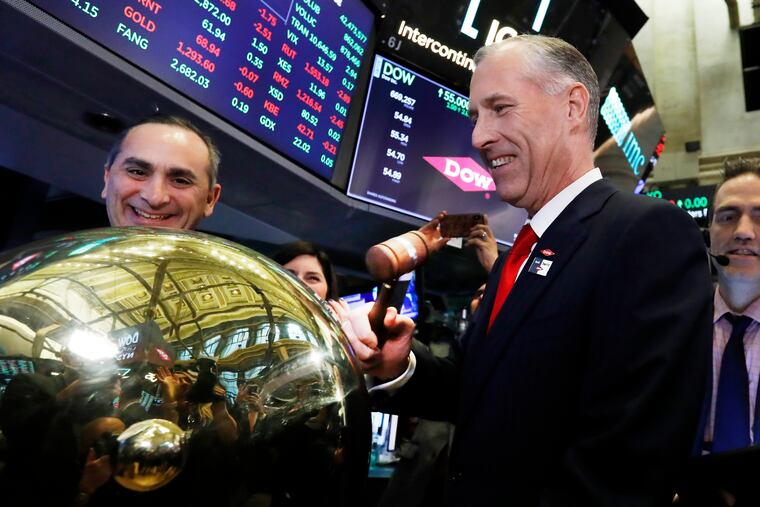DuPont reorganizes, again, on eve of historic breakup, after star manager quits to be a pharma CEO (Update)
Analysts have speculated that the Nutrition business is among the DuPont units most likely to attract purchase offers.

(Update on departure of Industrial Biosciences chief Dr. William Feehery below) DowDuPont, under chief executive Edward Breen, has once again reorganized the “new” DuPont Co., the Wilmington-based business group including most former E.I. DuPont Co. businesses and some formerly belonging to Dow Chemical Co.
The move comes just five days before DuPont is scheduled to split off from its remaining corporate affiliate, Corteva. which makes pesticides and designer crops seeds and will begin trading as a separate stock on June 3.
The company has combined two of its four remaining divisions as it seeks buyers for a series of businesses. DuPont plans to merge its Industrial Biosciences unit, which was to have been headquartered at the DuPont Experimental Station lab complex outside Wilmington, into its Nutrition & Health business and base the resulting Nutrition & Biosciences Unit in Copenhagen, Denmark, under the leadership of Matthias Heinzel.
The Nutrition & Health business includes the former Danisco, a Danish enzyme maker and supplier of yogurt cultures, among other products.
DuPont and Corteva are based in Delaware. A reconstituted Dow Chemical, based in Michigan, split from the group in April, part of a complex deal designed to transfer assets so they might attract more interest from investors and higher share prices, without incurring U.S. income taxes.
So far, the successor companies are worth less than the $150 billion that the companies were worth when the deal was announced, confounding their creators’ predictions.
UPDATE 5/30: Dr. William Feehery, the Penn- and MIT-trained chemical engineer who headed DuPont’s biosciences group since 2013, was named head of Certara, a Princeton-based drug developer, on March 16. DuPont did not respond to a request for comment on his departure. The unit employed 3,000, had sales totalling $2.2 billion last year, and was growing rapidly under Feehery’s management before his departure, according to a Certara statement.
Despite the unit’s success, Breen has been trying to sell some Industrial Biosciences businesses and other units totaling about $2 billion in yearly sales, out of the “new” DuPont’s $20 billion in annual revenues.
Rival industrial companies, current and former DuPont executives, and private-company investors and other speculators have been involved in sales talks. Analysts have speculated that the Nutrition business is among the DuPont units most likely to attract purchase offers.
As with other U.S.-based multinational manufacturing companies, DuPont sales have fallen below expectations amid the drop in foreign trade following President Trump’s tariffs against China and U.S. allies and amid Chinese and European retaliatory tariffs.
The company has said it expects to write off at least $800 million in accounting “goodwill,” representing overpayments for previous acquisitions in light of sales trends.